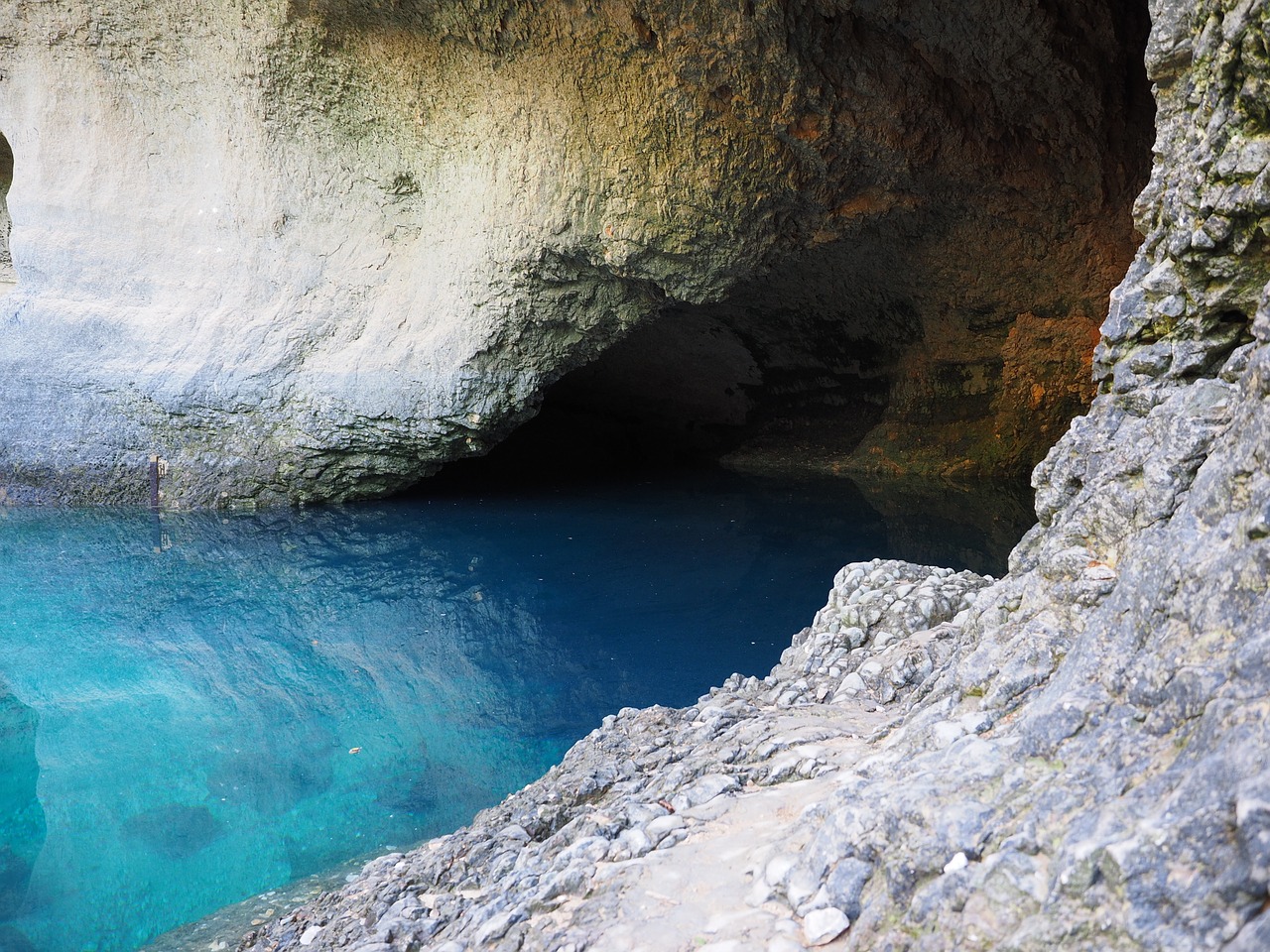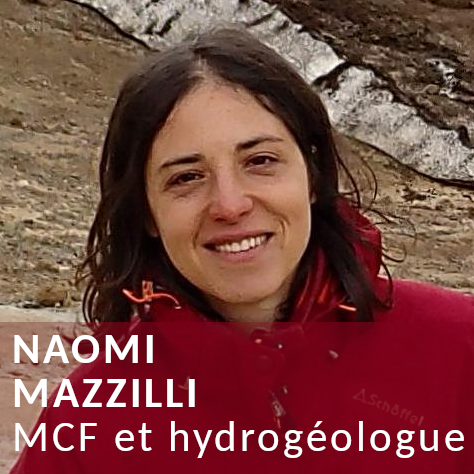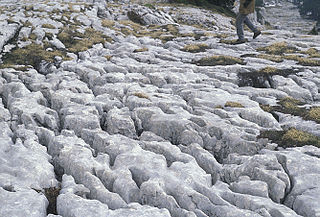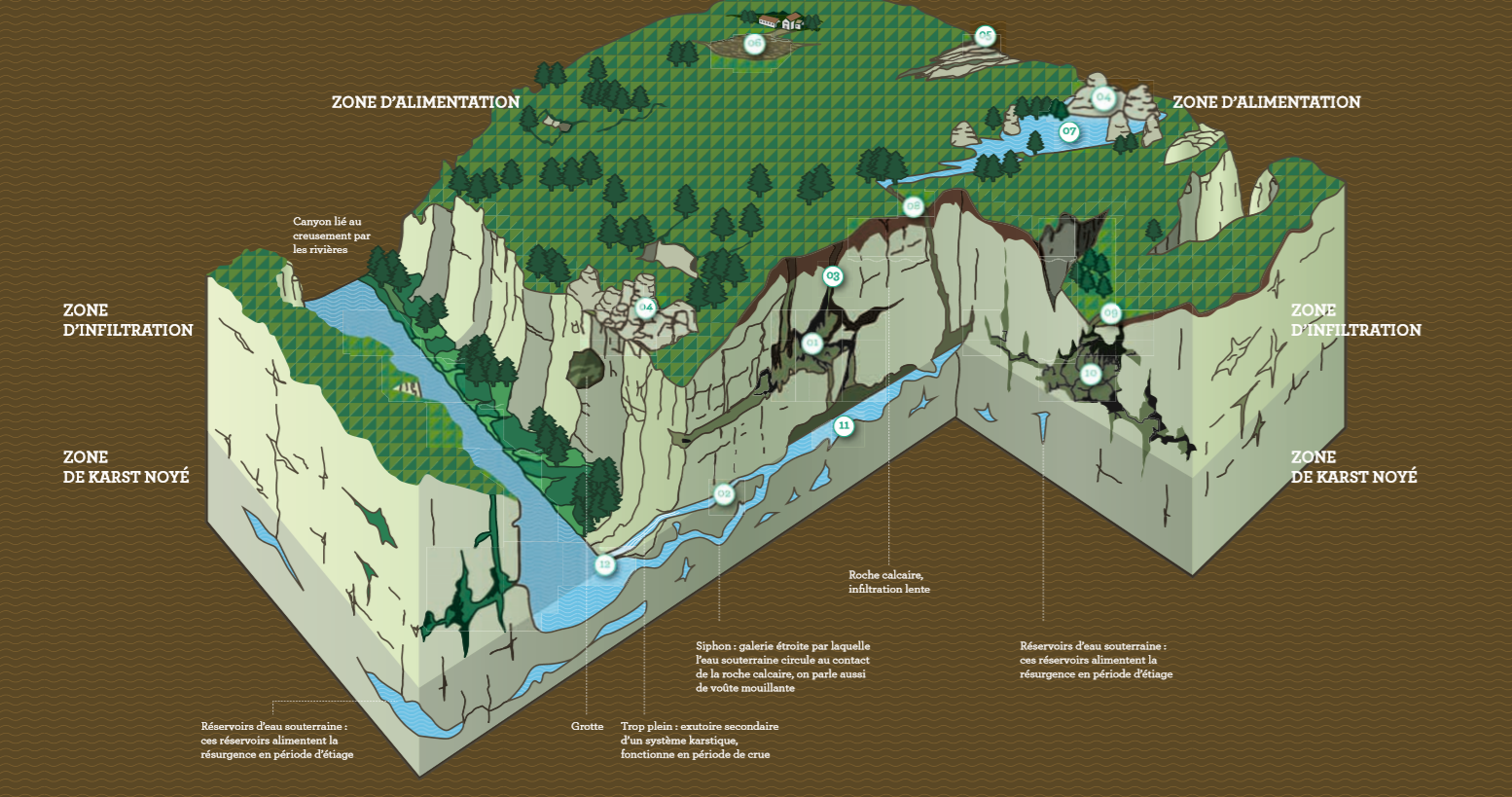[Portrait] Naomi Mazzilli, lecturer and hydrogeologist
What are your current scientific activities?
As for any researcher, my current situation is made up of projects, actions and publications at local, national and international levels. The one I wish to mention here is the one that forms the basis of my research work: observation activity. It is the basis of our understanding of hydrosystems.
This year's highlights are:
- the implementation of automated measuring stations which will allow high-frequency monitoring of flows observed at depths of several hundred metres in the Low Noise Underground Laboratory of RustrelThis is done in collaboration with colleagues from INRA (prototype design) and the engineers responsible for the site;
- the realization ofa tracer test between the trou souffleur chasm (-750 m) and the Vaucluse fountain, which will make it possible to characterise the functioning of the drowned zone of this basin. The monitoring of this test was carried out in collaboration with the National Karst Observation Service.
- monitoring infiltration in the unsaturated zone following a rainy episode using the proton magnetic resonance method (based on the MRI principle).
Why did you choose to work in academic research?
I chose research because it allows me to question the world around us, with great thematic and organisational freedom.
I think that doing this job is an extraordinary opportunity.
I chose the university context for teaching of course... Conveying a scientific message in the most effective way possible is a field of research in itself, in which I have a lot to learn! On the other hand, following the evolution of students over several years, seeing them gain confidence and skills and then enter the job market is very gratifying.
What advice would you give to students who want to do research?
To learn about the daily life of researchers and teacher-researchers, which is also made up of administrative tasks. To meet several research teams or laboratories, where the practices or atmosphere can be very different. And once you're in your thesis, to take the time, even if it's difficult, to open up to themes that are a bit outside your research subject.
Which object or image from your research best illustrates you?
This picture shows one of the biggest karstic springs in Europe, only 20 km from Avignon: the Vaucluse fountain. An average of 20 m³/s of water gushes out of the foot of a limestone cliff... behind this cliff, a catchment area of more than 1000km²It is a fascinating object of study, I hope you can guess it from this picture!



On the surface, the dissolution of limestone by rainwater can result in the formation of lapia. CC BY-SA 2.5

Scheme of karst areas - © Alain Mangin and Raymond Rouch (CNRS)
Download the complete brochure of the Parc des Grands Causses
Mis à jour le 5 February 2024